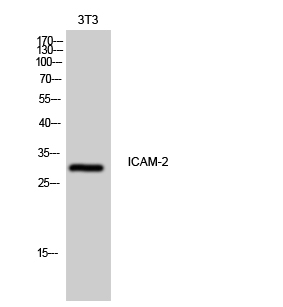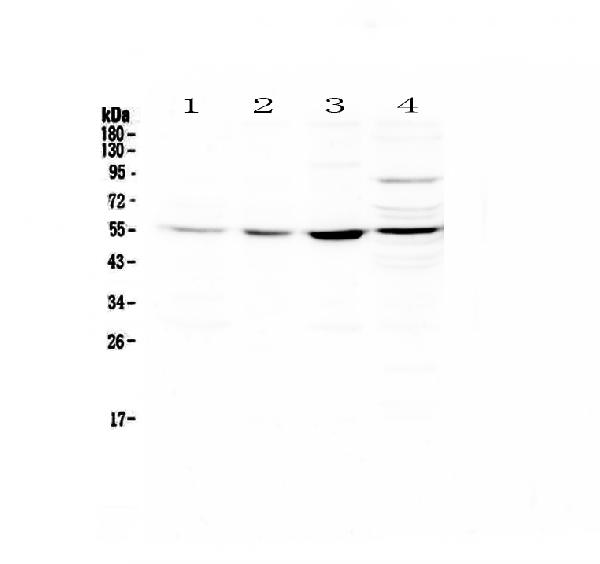ICAM2 antibody [CBRIC2/2] (Low endotoxin, azide free)
GTX42520
ApplicationsFunctional Assay, Flow Cytometry, ImmunoPrecipitation, ImmunoHistoChemistry, ImmunoHistoChemistry Frozen
Product group Antibodies
TargetICAM2
Overview
- SupplierGeneTex
- Product NameICAM2 antibody [CBRIC2/2] (Low endotoxin, azide free)
- Delivery Days Customer9
- Application Supplier NoteFACS: 1/100. *Optimal dilutions/concentrations should be determined by the researcher.Not tested in other applications.
- ApplicationsFunctional Assay, Flow Cytometry, ImmunoPrecipitation, ImmunoHistoChemistry, ImmunoHistoChemistry Frozen
- CertificationResearch Use Only
- ClonalityMonoclonal
- Clone IDCBRIC2/2
- Concentration1 mg/ml
- ConjugateUnconjugated
- Gene ID3384
- Target nameICAM2
- Target descriptionintercellular adhesion molecule 2
- Target synonymsCD102; ICAM-2; intercellular adhesion molecule 2
- HostMouse
- IsotypeIgG2a
- Protein IDP13598
- Protein NameIntercellular adhesion molecule 2
- Scientific DescriptionThe protein encoded by this gene is a member of the intercellular adhesion molecule (ICAM) family. All ICAM proteins are type I transmembrane glycoproteins, contain 2-9 immunoglobulin-like C2-type domains, and bind to the leukocyte adhesion LFA-1 protein. This protein may play a role in lymphocyte recirculation by blocking LFA-1-dependent cell adhesion. It mediates adhesive interactions important for antigen-specific immune response, NK-cell mediated clearance, lymphocyte recirculation, and other cellular interactions important for immune response and surveillance. Several transcript variants encoding the same protein have been found for this gene. [provided by RefSeq, Jul 2008]
- Storage Instruction-20°C or -80°C,2°C to 8°C
- UNSPSC12352203
References
- HIV Controllers Exhibit Effective CD8+ T Cell Recognition of HIV-1-Infected Non-activated CD4+ T Cells. Monel B et al., 2019 Apr 2, Cell RepRead more






